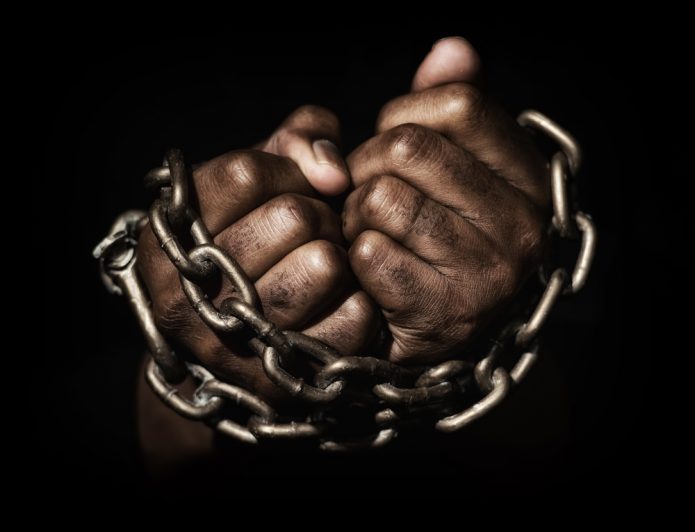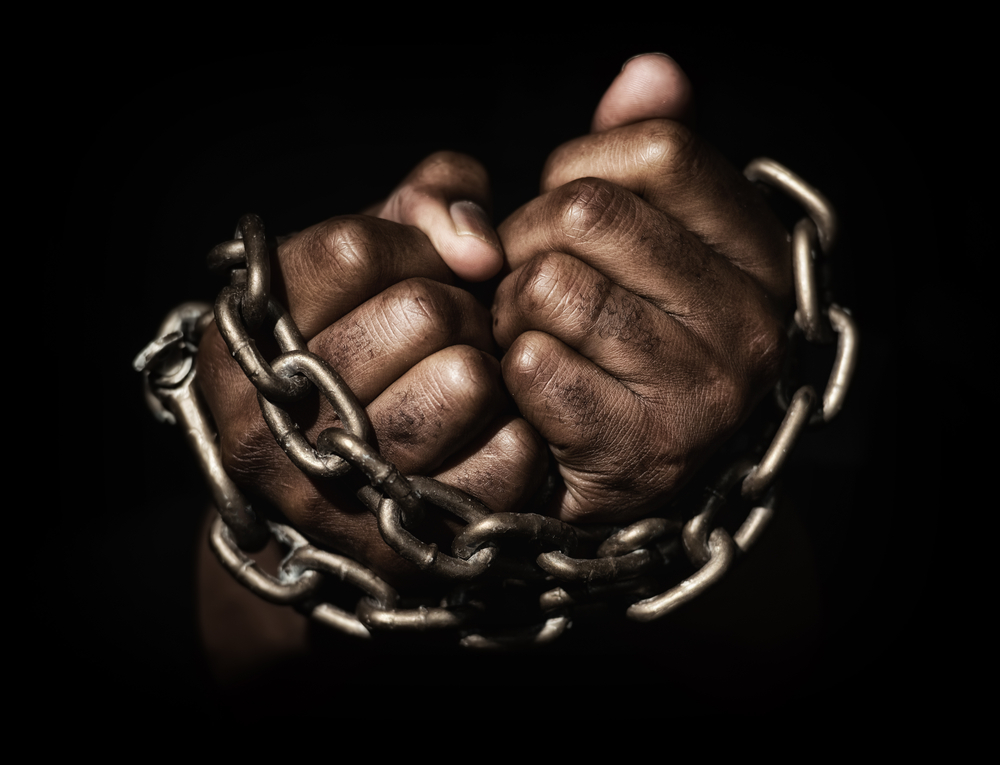
(Photo: Shutterstock)
Today’s racial wealth divide is an economic archaeological marker, embedded within the multigenerational story of slavery, racial plunder, and discrimination.
It is one way the legacy of racism shows up in people’s bank accounts and, if they own a home, in home equity. It is where the past is present, where the wound at the center of US history that goes back to the destruction of indigenous communities, slavery, and Jim Crow is still open and waiting for repair. Notably, the past few decades has “supercharged” historic racial wealth inequalities.
To repair this breach, it’s becoming increasingly clear that reparations for black slavery and its legacy—including Jim Crow—must be part of the equation. Facing what activist Randall Robinson calls “the debt” to people of African descent, those of us who are low on melanin content (aka “white”) will have to address the often uncomfortable history of how lighter skin color conferred, and continues to confer, economic advantage. To do otherwise is to live a destructive lie, perpetuating a perverted myth of deservedness that holds back our entire society and each of us individually.
As Ta-Nehisi Coates wrote in his groundbreaking 2014 Atlantic article, reparations are “the price we must pay to see ourselves squarely.” “Reparations,” he continues, “beckons us to reject the intoxication of hubris and see America as it is—the work of fallible humans. An America that looks away is ignoring not just the sins of the past but the sins of the present and the certain sins of the future.”
—
